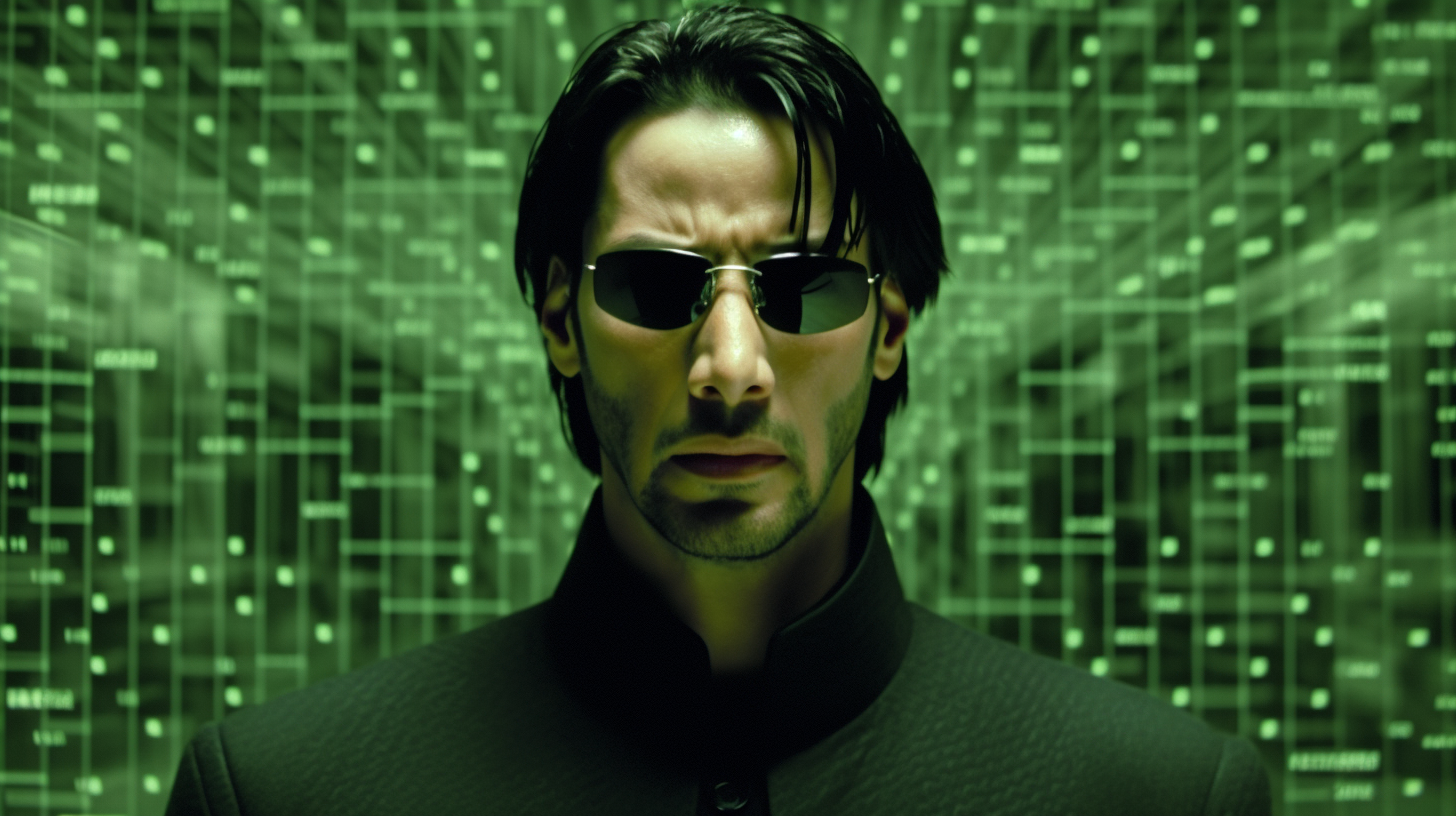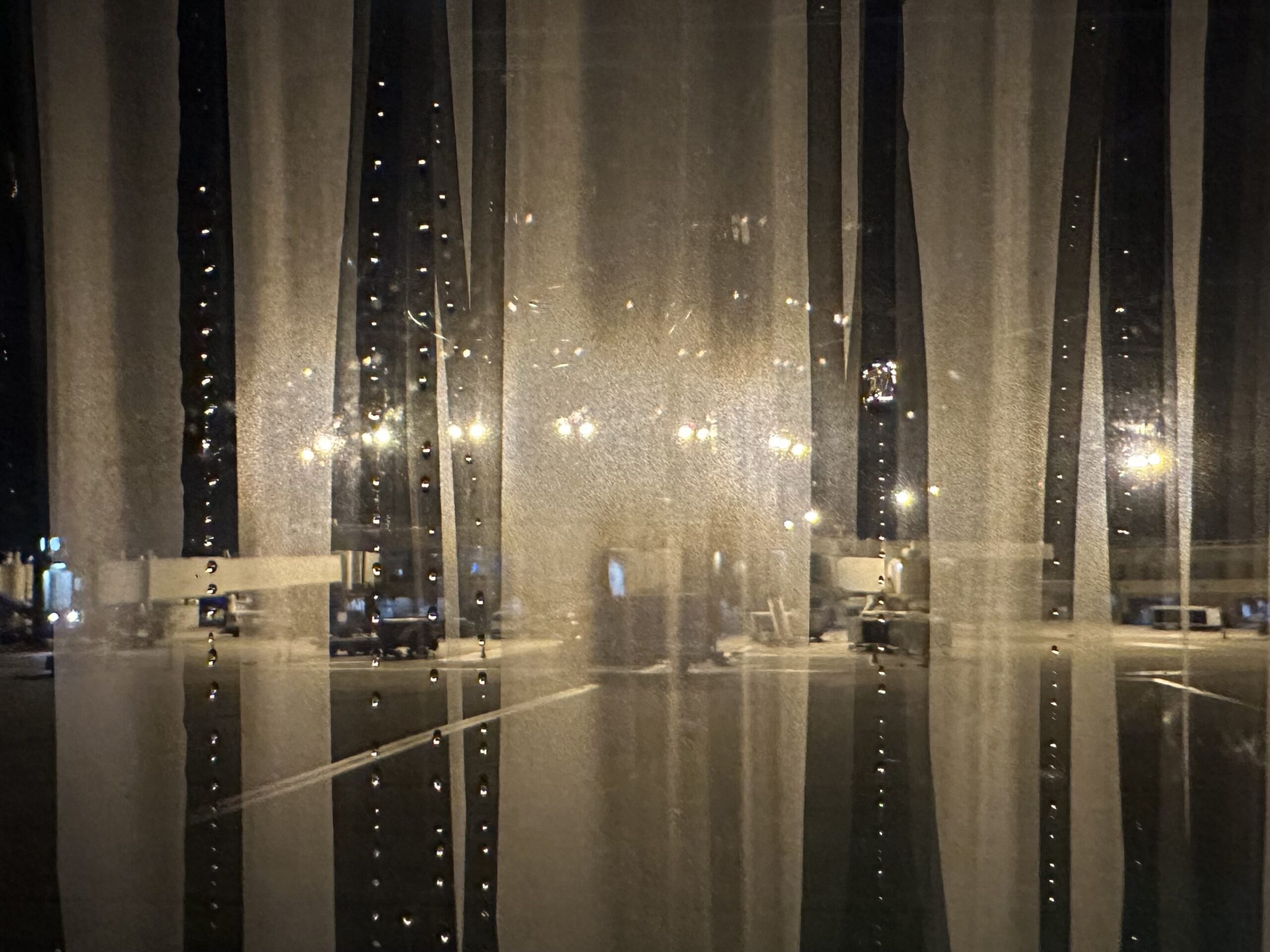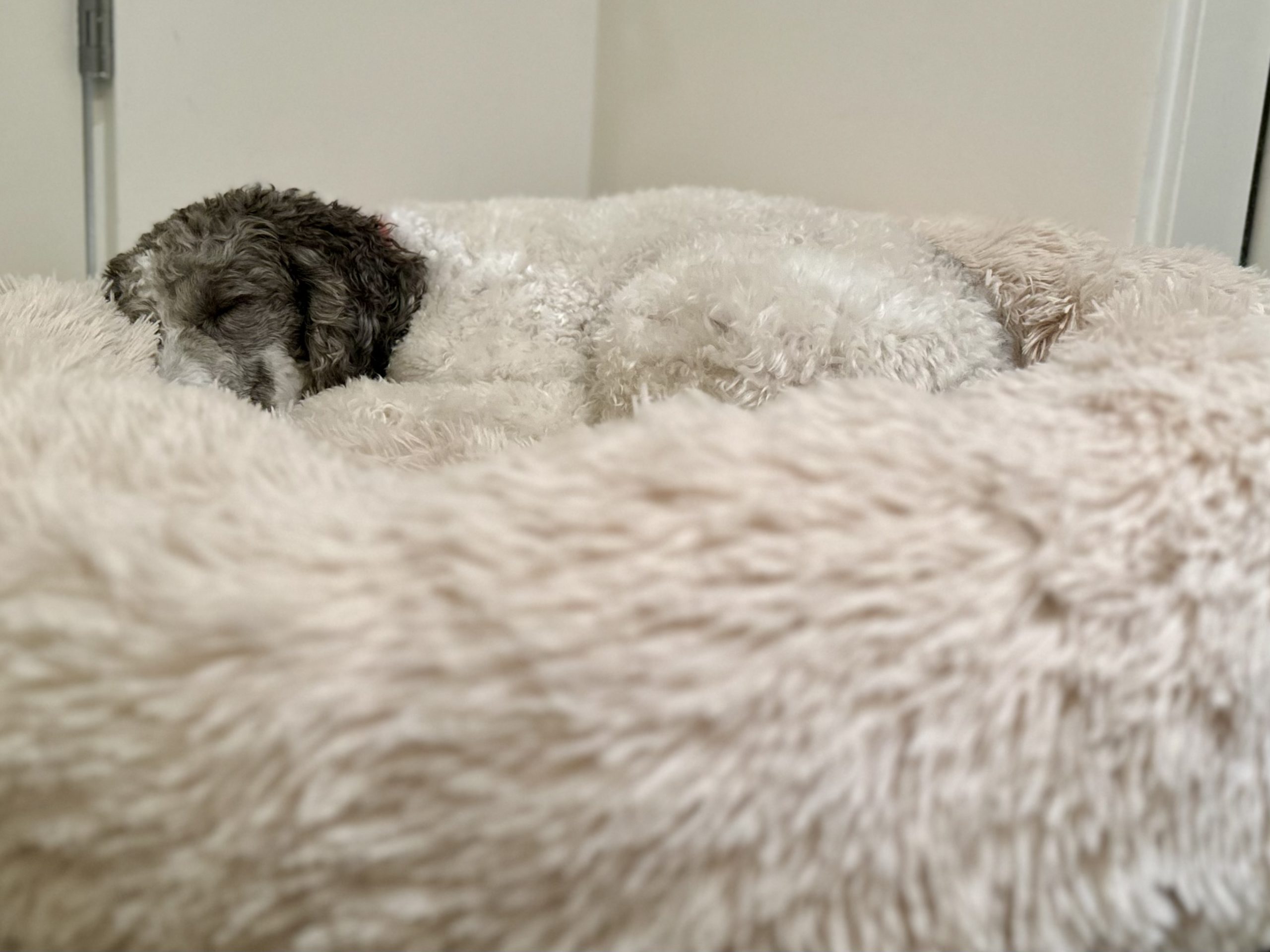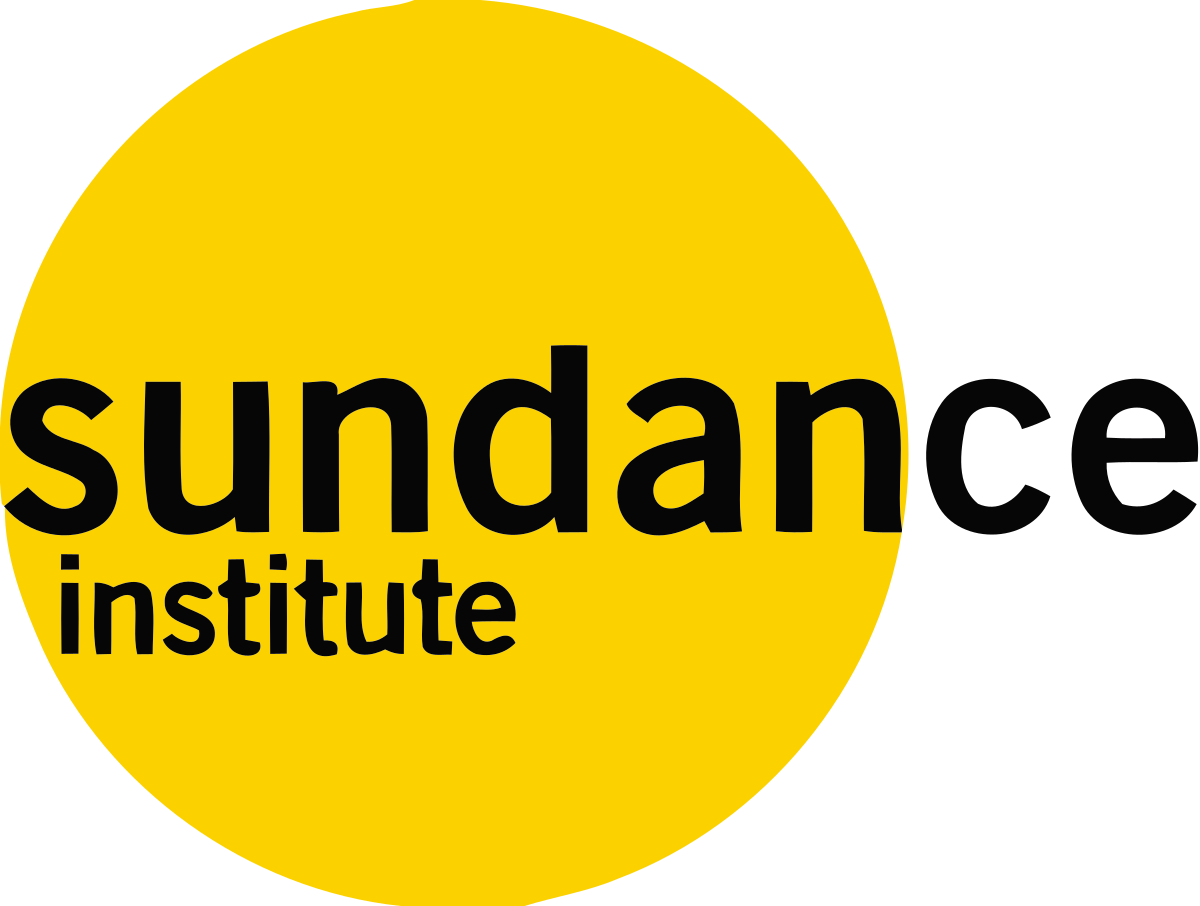

You Are The One

There’s a lot they don’t tell you when you start film school.
They don’t tell you the percentage of film school students who end up directing their own feature (it’s <1%).
They don’t tell you how much directors make (usually <$80,000). Most directors, even cult idols like Todd Solondz, have to teach or work in another area to pay their bills.
They don’t tell you that the industry is teeming with gatekeepers, and there’s red tape everywhere.
They don’t tell you how much money you’ll need to make a real film, or that you need to be a very persuasive salesperson to raise that money—not to mention all the other skills you’ve got to have, including technical skills, teamwork, leadership, public speaking, and the ability to express a vision for something that doesn’t exist yet.
In the process, there will be times when your bank balance is in the single digits, you’re doing gig jobs to pay rent, you’re getting rejected every week and dealing with your hopes getting crushed, but having to persevere, perhaps getting sued over who owns an idea, and all manner of other setbacks. You want to share your stories, but you don’t want to be considered a whiner. You can’t complain to the rare friend who is doing well, and you can’t really talk to anyone not in the industry because they don’t get how hard it is. Your relationships can sometimes help you, but they’re likely to suffer while you (and maybe your partner) go through the rollercoaster. You’ll have to balance the projects you’re passionate about with the ones that will pay the bills. Most directors face countless obstacles and bumps during their careers that can easily topple a person.
Going in, everyone thinks: “I am the exception; I am the one.”
And here’s the contradiction — you have to think that. Beneath all the doubt and the bruises of survival, you have to truly believe that. And you have to hold on to that (at times) delusional self-belief if you’re going to have any chance at all of making it.
Same goes for startups. No one tells you:
- They don’t tell you the percentage of startups that actually succeed: <10%.
- Most entrepreneurs have to shut down their companies, lay off founding team members, shift their vision radically, or merge with a bigger company down the road.
- You’ll have to balance the mission you’re passionate about with the business model that pays the bills.
- The startup world, too, is full of gatekeepers and red tape.
- To build a real company, you need to be a persuasive salesperson, along with all the other skills you need to have, including technical skills, teamwork, leadership, public speaking, and the ability to express a vision for something that doesn’t exist yet.
- In the process, you’ll risk all manner of other setbacks, and on top of it all, most founders face countless obstacles and bumps during their careers that can easily take you down mentally.
But going in, everyone thinks they’ll be the one—and they should.
That’s the only way to stand a chance of succeeding. You have to believe you can navigate through the challenges, and at every turn, you have to make the right decision for the long term. And it is a long road, so you need your belief in your mission, combined with the ability to execute. You need the ability to survive a global pandemic and a complete turnaround in the venture market (forget growth at all costs, get those gross margins up, get to profitability). All the while still believing in yourself, believing that you are the one.
Advice is cheap.
The only way is to go off and be the one.

Connecting People

Small acts of connecting people can change someone’s life. In 2001, I experienced this firsthand when a friend at Microsoft made a quick introduction to someone at eBay. It led to a job that became a significant part of my life and career.
Since then, I’ve made it a point to help others in the same way. I’ve connected friends with potential hiring managers, people who work at educational institutions, and even dates ?. It’s easy to do, and it can make a meaningful difference in someone’s life.
Unfortunately, some people guard their relationships and even resort to games of “stealing” friends away from others. Lame!
Of course, there are caveats. I only connect people I know and trust, and I don’t bombard powerful connections with requests. But if I think an introduction would benefit both parties, I ask if they’d be open to it.
An abundance mindset in connecting people makes the world better.

Just 5 minutes
One of the challenges of being an adult is wanting to do more things than you have time for. Maybe this is a challenge of being human?
Usually the urgent prevails over the important. I’ve tried to overcome this prioritization problem in many ways: doing things on the weekend, putting it in my to-do app, telling people about it for accountability, signing up with a tutor (hi Spanish).
Nothing has stuck. When there’s too much to do, it’s easy to ignore, delete, or cancel.
At the end of last year, the team at Ultraworking launched a new year resolutions challenge. They built a website specifically for this challenge called Last Resolution Standing, and the last day to sign up was Jan 1.
Everyone picked a resolution that could be done either:
- first thing in the morning, or
- 5 minutes a day
As a not-a-morning-person-at-all person, I chose 5 minutes a day. And I decided I wanted to revisit Economics. It was my undergrad major, but I felt I remembered nothing. So I got a PDF textbook and spent 5 minutes a day on it.
Fortunately, I did remember a lot of it—and today it seems like so much more fun than when I was actually studying it. And I’m now 5 chapters in, which is more progress than I thought I’d make with such a small time commitment.
Sadly, the Last Resolution Standing streak ended for me on the 19th (my first day at Sundance), and I’m not allowed to use the app anymore. I’m ranked 31st of 159 participants. Most people stopped quite early (Jan 13th is known as “Quitters Day” – the day by which most resolutions are done and dusted). But there are still 14 people in the running, which is really cool.
While I couldn’t use the challenge as a motivation, I could just re-start the habit. So I downloaded the Streaks app, and I’ve been continuing my 5 minutes a day of Econ reading.
Compared to everything else I’ve done, this feels really easy. I set a timer for 5 minutes either on my phone or on this cute timer I bought through their Kickstarter (what’s the point of a new habit if you can’t buy a little tchotchke?) and open up the textbook. There are times I get into it and have more time on my hands, so I just keep going. The lack of pain with this method is seriously amazing.
And the key is that I’m not obsessing about the streak. If I break it, great, I just continue the next day. I’ve found when I overdo things, the pendulum swings hard in the other direction.
I’m going to experiment. I’m sure this, too, will fall on the floor at some point. But my goal is to pick it back up quickly and continue. The goal is to keep it light and also easy to do (i.e. accessible any time you have the 5 minutes). That seems like the key.
Want to join me? Let me know what ritual you’re starting. And I’ll let you know how long I keep mine going.

#BeOneWithThePouf
Where does the pouf end and Rio begin?
Sundance
I miss my “old way” of blogging.
I’ve been blogging since September of 2006. When I started, it was mostly for myself. To try out a new medium, to capture what I was thinking—and also to connect, to share, and to have a conversation with a group of friends, most of them made on the internet.
To bring back the lightness, I’m going to return to blogging of that ilk. What’s on my mind, what I’m thinking about and doing. I hope it will start some good conversations! And I think it will be good for me, too.
Some recent news —

Because I’ve focused on tech and investing for the past few years, filmmaking was forced to take a back seat. And last year, if I had to think about how I could bring film back into my life and contribute to film, joining a board wouldn’t have crossed my mind.
But by happenstance, I was asked to interview to be on the board of The Sundance Institute, which is like Y Combinator for the film world. While it may be best known for the annual Sundance Film Festival, Sundance also has the vitally important Sundance Labs, which brings in talented independent filmmakers and supports them across their lifecycle via writing/directing labs, along with grants for editing, TV, and VR. Not only does Sundance help artists in their journey, which is often very lonely, but it also provides them with connections to agents, managers, and other players in the industry who can help them. The Labs help identify talented filmmakers and set them on a path.
Sundance was started in Utah in 1981 by Robert Redford with the explicit goal of supporting independent filmmaking, and it was the first true creator community. They launched the careers of Quentin Tarantino, Steven Soderbergh, Richard Kelly, Darren Aronofsky, Debra Granik, Ryan Coogler, Chloe Zhao, Dee Rees, and many others.
Covid has been hard for all film festivals, but Sundance pivoted to offer online festivals in both 2021 and 2022. This year, it will be both in-person and online in the second week.
Sundance has been a driving force in independent film. I’m excited to dedicate some of my time to helping the organization think through the years ahead.